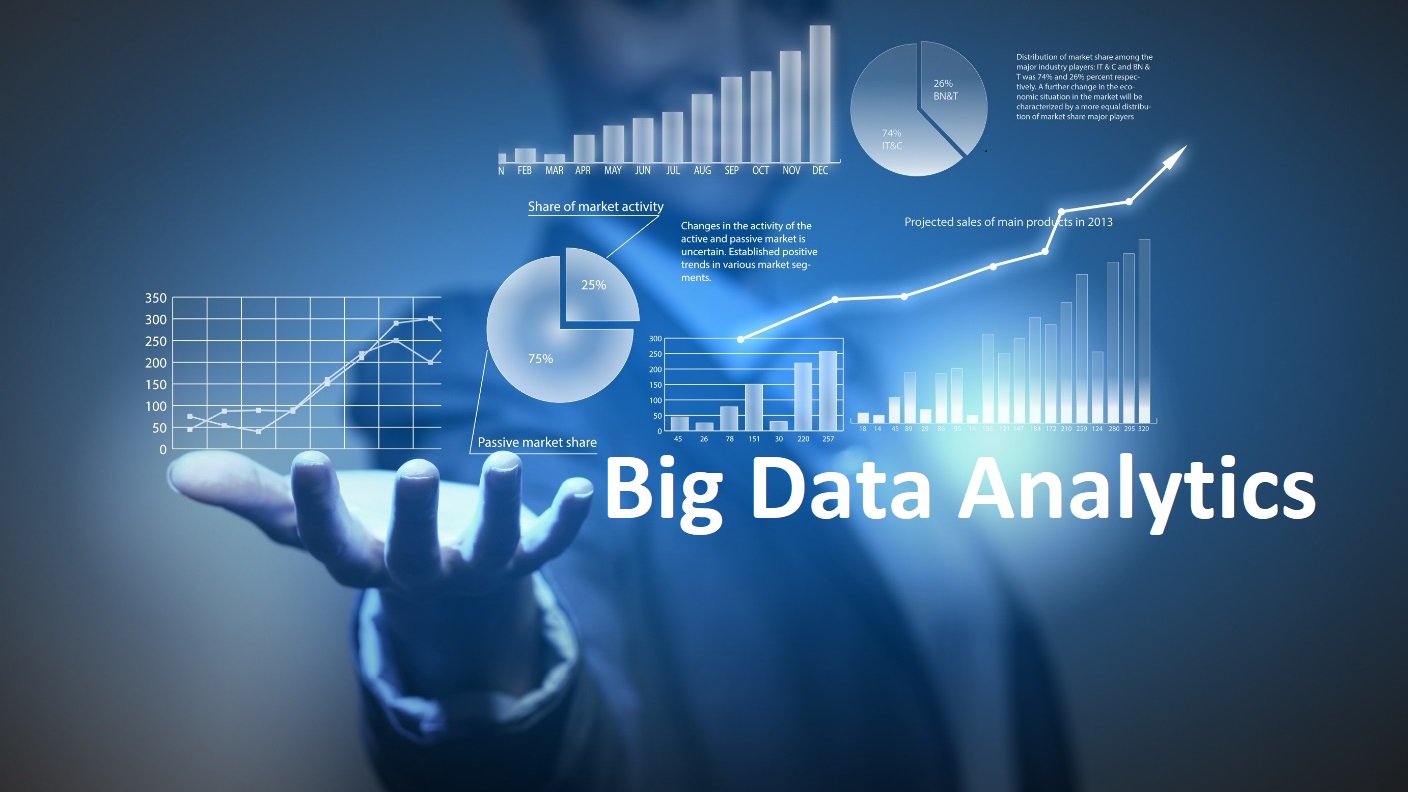Large or Big Data is terabytes of complicated and interdependent data that it difficult to process using simple analytical tools for database management or traditional data processing solutions. The challenges include collection, normalizing, right-sizing hardware for storage, extraction, transferring, loading and visualization to make meaning out of it.
The trend to larger sets of data is due to availability of cheaper storage and the supplementary information derivable from investigation of a particular large set of interrelated data, as equalled to separate less significant smaller sets which total upto the same as a Large or Big Data, allowing associations to be found. Using the right associative tool for analysis, companies can get data such as trends, analysis, profitability, demographic choices, costs and other critical information on time for make correct business decisions.
An example could be CRM data. Previously CRM Data used to be limited to information collected by the Sales and Marketing Team in the organization. Today CRM data is becoming ‘Big’ as information is gathered from internal sources such as data updated and transactions. Data also flows from networking sites such as Google+, LinkedIn, Facebook, Twitter etc. Data is also collected from various Forums, Trade Shows and Exhibitions and fed into the CRM.
An example of historic CRM data analysis, suggestions and actions is shown below:
| SUGGESTIVE INFORMATION | ACTION TO BE TAKEN |
|---|---|
| Leads to be followed up | Timely Follow up of Lead |
| Opportunity in the closure Stage | Allocate more time and resources for successful closure |
| Business from key accounts | Give more time and how to improve service to ensure stickability |
| Opportunities Lost | Loss Analysis and Corrective measures |
| Competitor Information | Action items to win over competition |
| Verticals Investing in Business | More time and resources allocation to these verticals |
| Geographies doing well | More time and resources allocation to these geographies |
| Trends | Investment in product development. Reforming company short term and long term strategy |
Data collection, mining, cleaning and storage are the base for Data Analysis. Subject Matter Experts and Business Analysts can give inputs on data modelling and what attributes are important for action to be taken for a certain set of data. Such Data Modelling is important to see the Single View of Truth since the data flows from different sources. Data scientists can thereafter build simple or complex algorithms for predictive analysis by eliminating random data. Collecting meaningful data is one important activity but how a company utilizes it will set it apart from its competitors.









